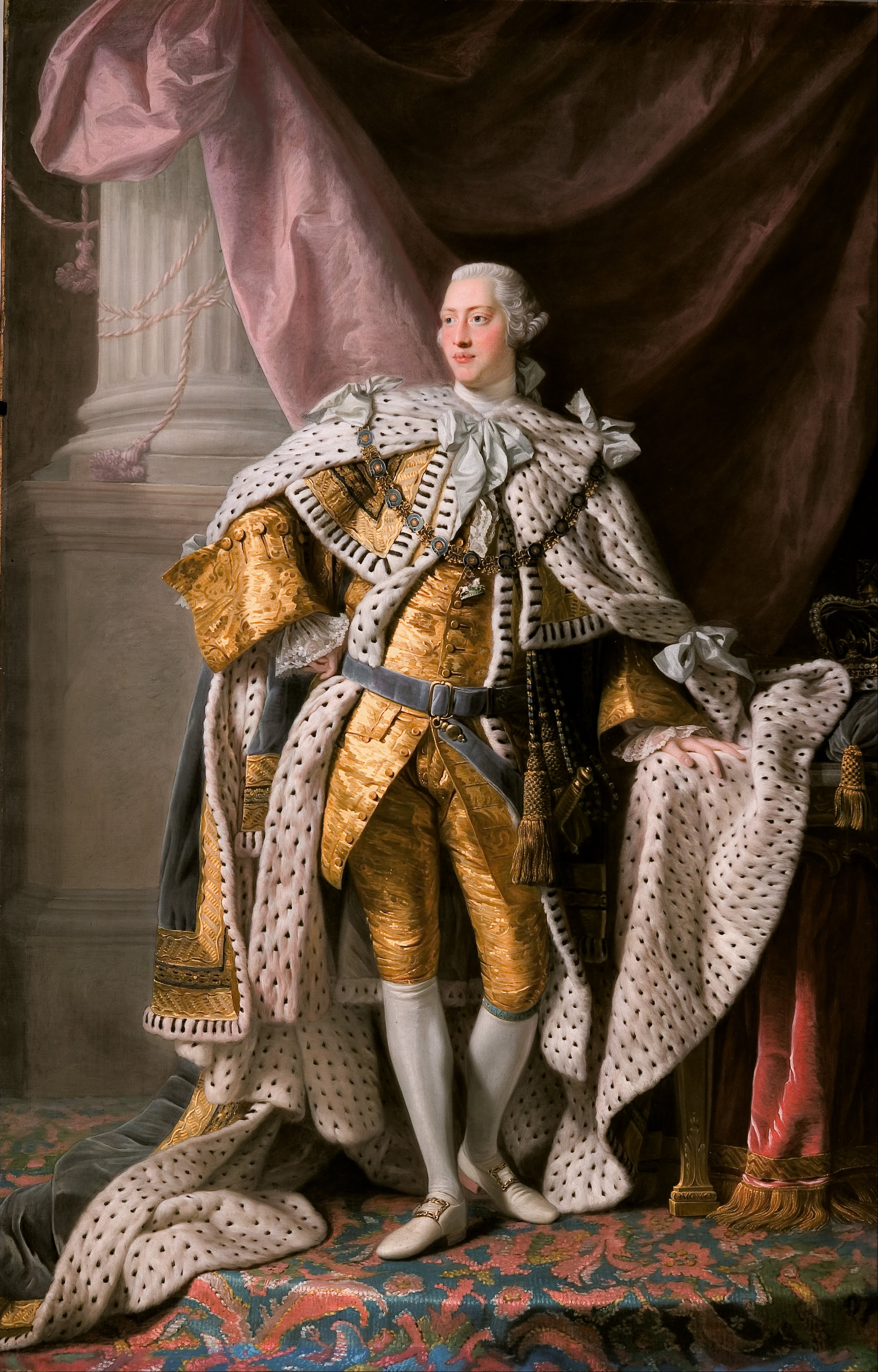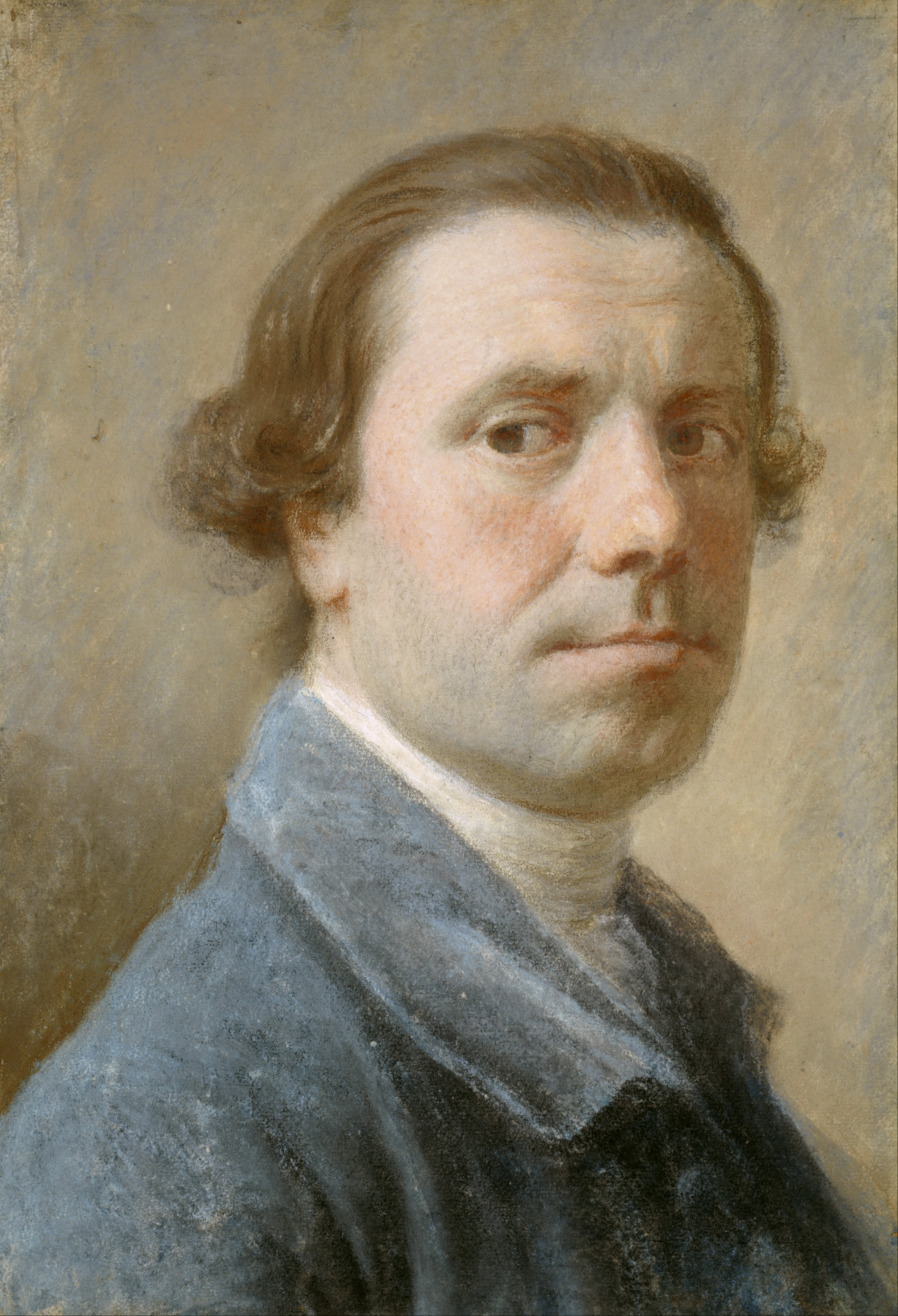The success of Ramsay’s portrait of George as Prince of Wales led to this major commission. The elegant pose emphasizes both the dignity and the reticence of the young King. Ramsay's debt to contemporary French art is evident. In Ramsay's painting of George III, the face is confidently created using grey underpainting, the flesh is enlivened by small touches of vermilion and the thickness and texture of the robes are brilliantly suggested, including the reflected light on the ermine. This successful combination of graceful and majestic was followed by other commissions from the royal family. The strength of Ramsay's position in the King's household is illustrated by George’s refusal of the suggestion of another portraitist saying: “Mr. Ramsay is my painter, my Lord.”
In 1739 Ramsay married Anne Bayne, the daughter of Alexander Bayne of Rires, but she died only four years later, and none of their three children survived to adulthood. A few years later, one of Ramsay’s drawing pupils was Margaret Lindsay, eldest daughter of Sir Alexander Lindsay of Evelick. Ramsay caused a scandal when he eloped with Margaret, and they married in Edinburgh. Margaret’s father never forgave her for marrying an artist, but Ramsay told Sir Alexander that his only motive for the marriage was “my love for your Daughter, who, I am sensible, is entitled to much more than ever I shall have to bestow upon her.” They had three children from their long and happy marriage.
Ramsay and his new wife spent 1754 to 1757 together in Italy, going to Rome, Florence, Naples, and Tivoli, researching, painting and drawing old masters, antiquities and archaeological sites. He earned income painting Grand Tourists' portraits. After their return, Ramsay was appointed to succeed John Shackleton as Principal Painter in Ordinary to George III, beating Thomas Hudson to the post. The king commissioned so many royal portraits to be given to ambassadors and colonial governors, that Ramsay used the services of numerous assistants.
Ramsay was a friend of Samuel Johnson's, who said of him, “I love Ramsay. You will not find a man in whose conversation there is more instruction, more information, and more elegance, than in Ramsay's.”
- Clinton Pittman
P.S. Here you can read on the British royal portraits.


 Allan Ramsay
Allan Ramsay